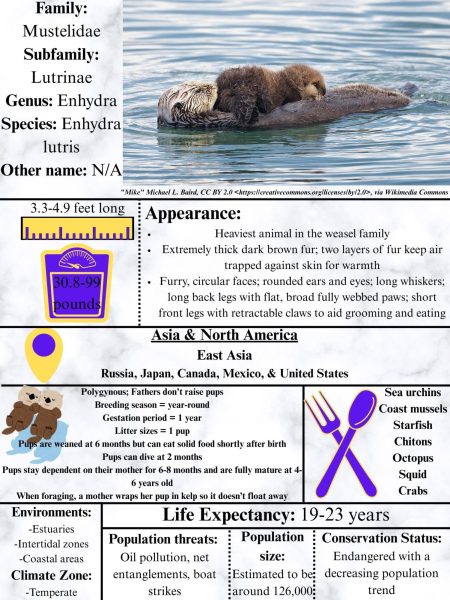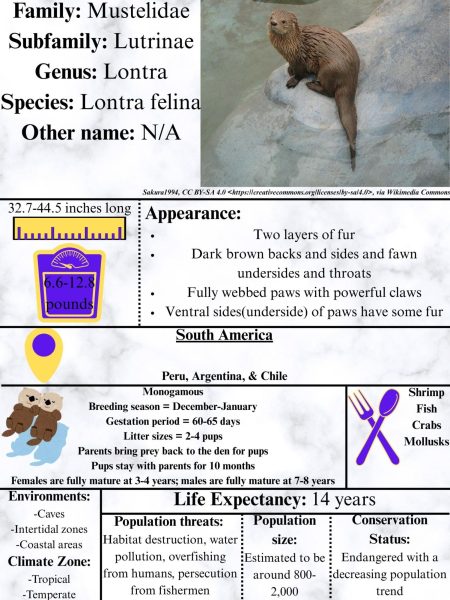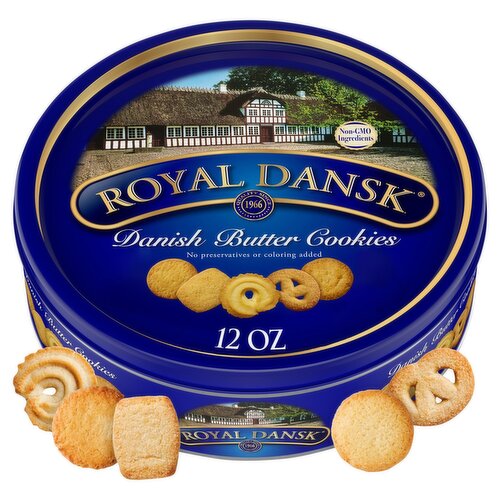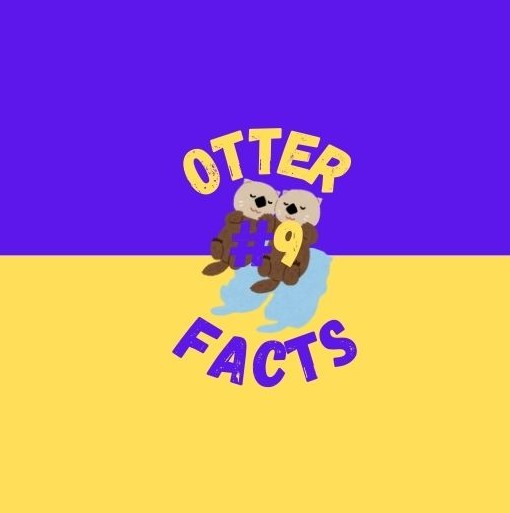Otters. You know why you’re reading about them, right? JVA is the home of the otters; you’re an otter. The picture for the student group in Schoology and the weekly Otter News shows that… and, well, tells that. Our drawn mascot may not have the appearance of real otters–they don’t have abs and can’t stand on just two legs unfortunately–but the spirit is still there. No one can deny that we’re the JVA otters. But what about the real deal? What is the real life animal our mascot is modeled after like? Glad you asked.
As you may remember, there are 13 species of otters. They’re all otters, but there’s still differences between them. What are those differences? Well, let’s take a deeper look at each species to see!
Sea Otter

Marine Otter

An obvious difference between these two species is their genus and scientific name, as well as their appearance. With different species or subspecies differences in color, size, location, family life, and diet can be predicted. However, that is not always the case.
Some similarities include:
- Having a range consisting of intertidal and coastal areas
- Having a maturity age around 4-6 years
- Having crabs as part of their diet
- Having an endangered conservation status
Some differences include:
- Size: Sea otters are considerably larger than marine otters(and other otters!)
- Location: Sea otters are in Asia and North America while marine otters are in South America
- Family life: Sea otters are polygynous and have only one pup while marine otters are monogamous and have 2-4 pups
- Diet: Sea otters have a diet reflecting their life in the ocean while marine otters have a diet showing they still rely on land and more shallow water
Clearly these two otter species, living on different continents, are similar and different in numerous ways. No matter how they live, where they live, or what they eat, sea otters and marine otters are both amazing animals and deserve all the love!

























